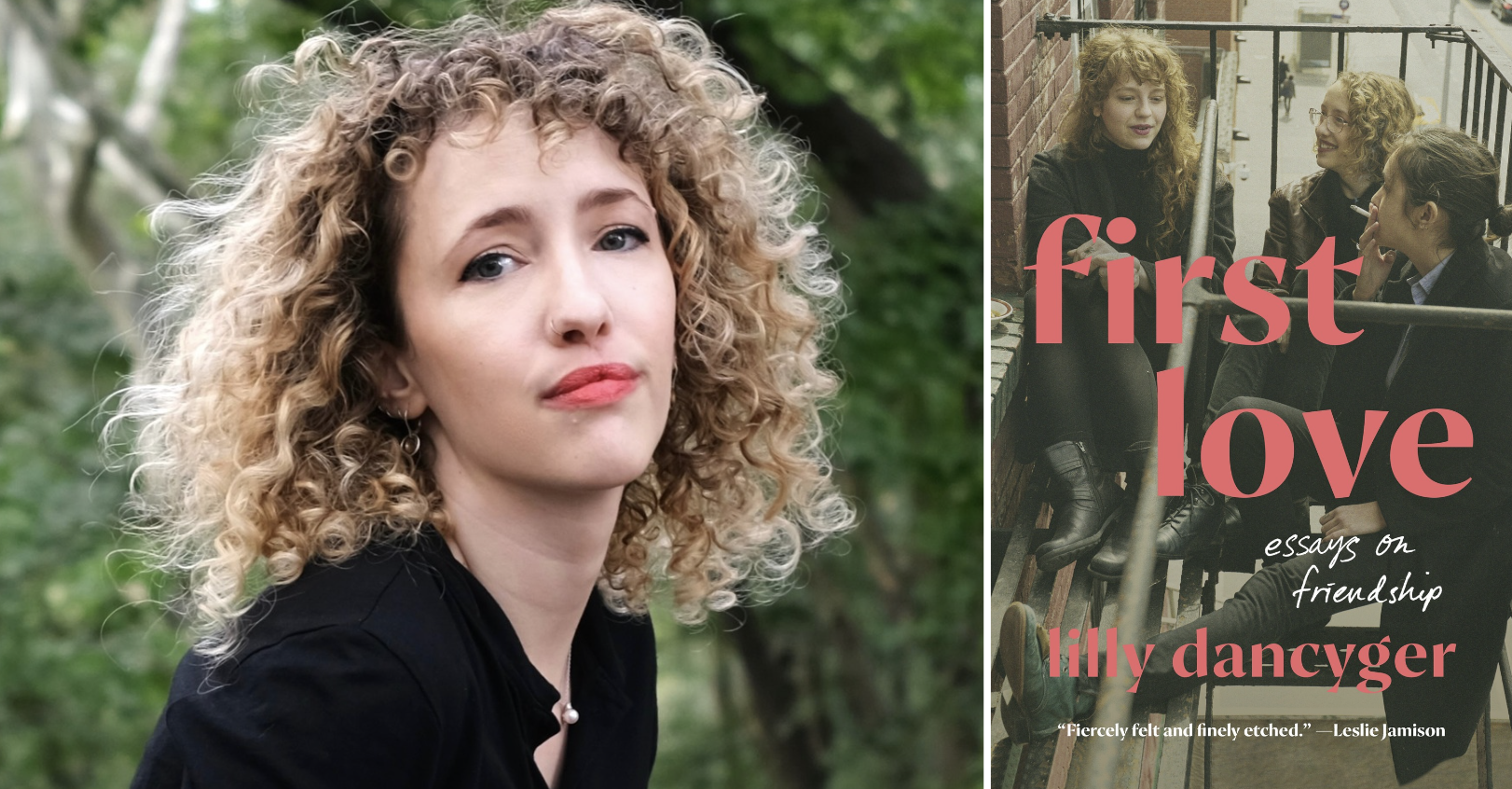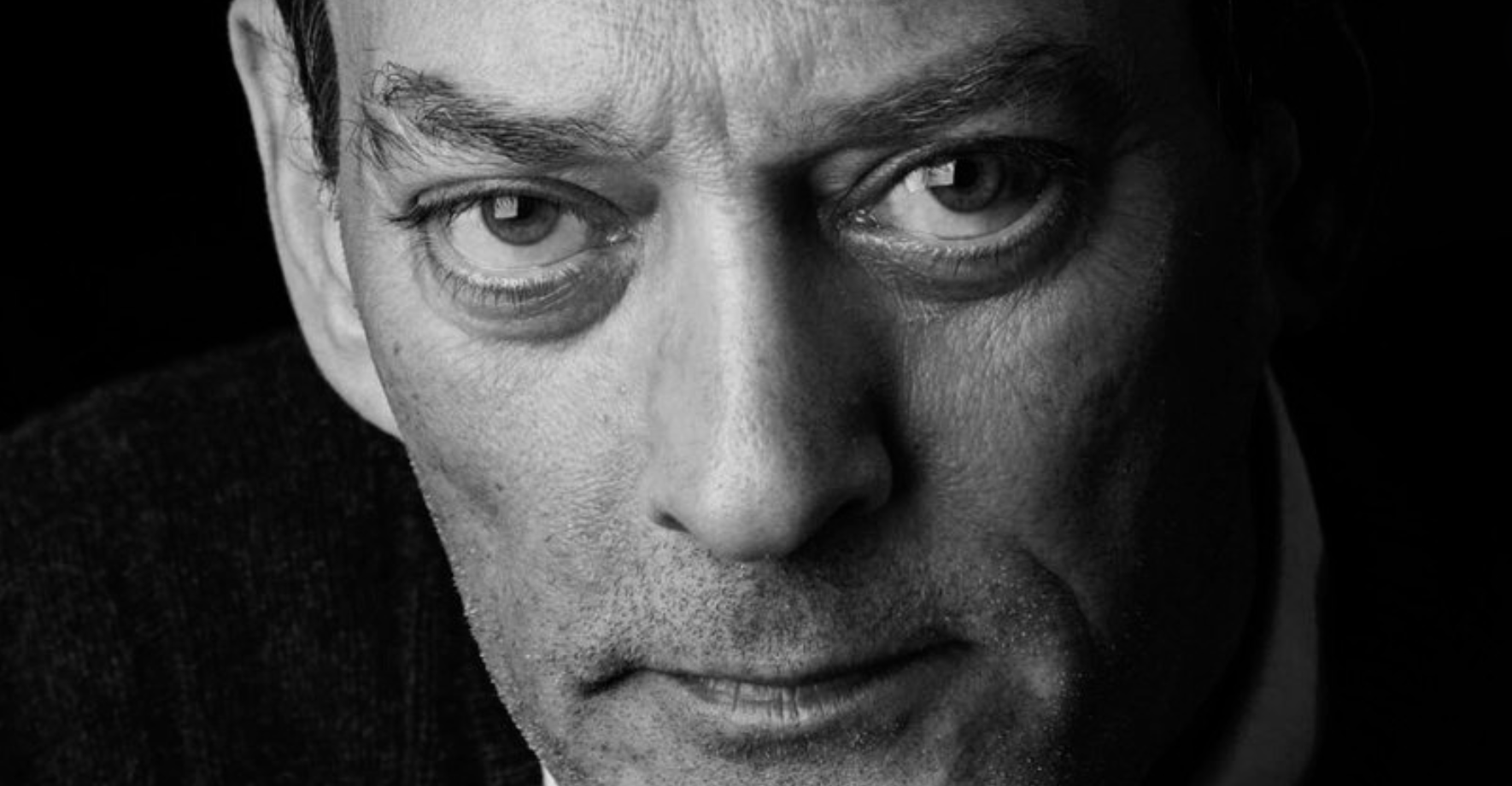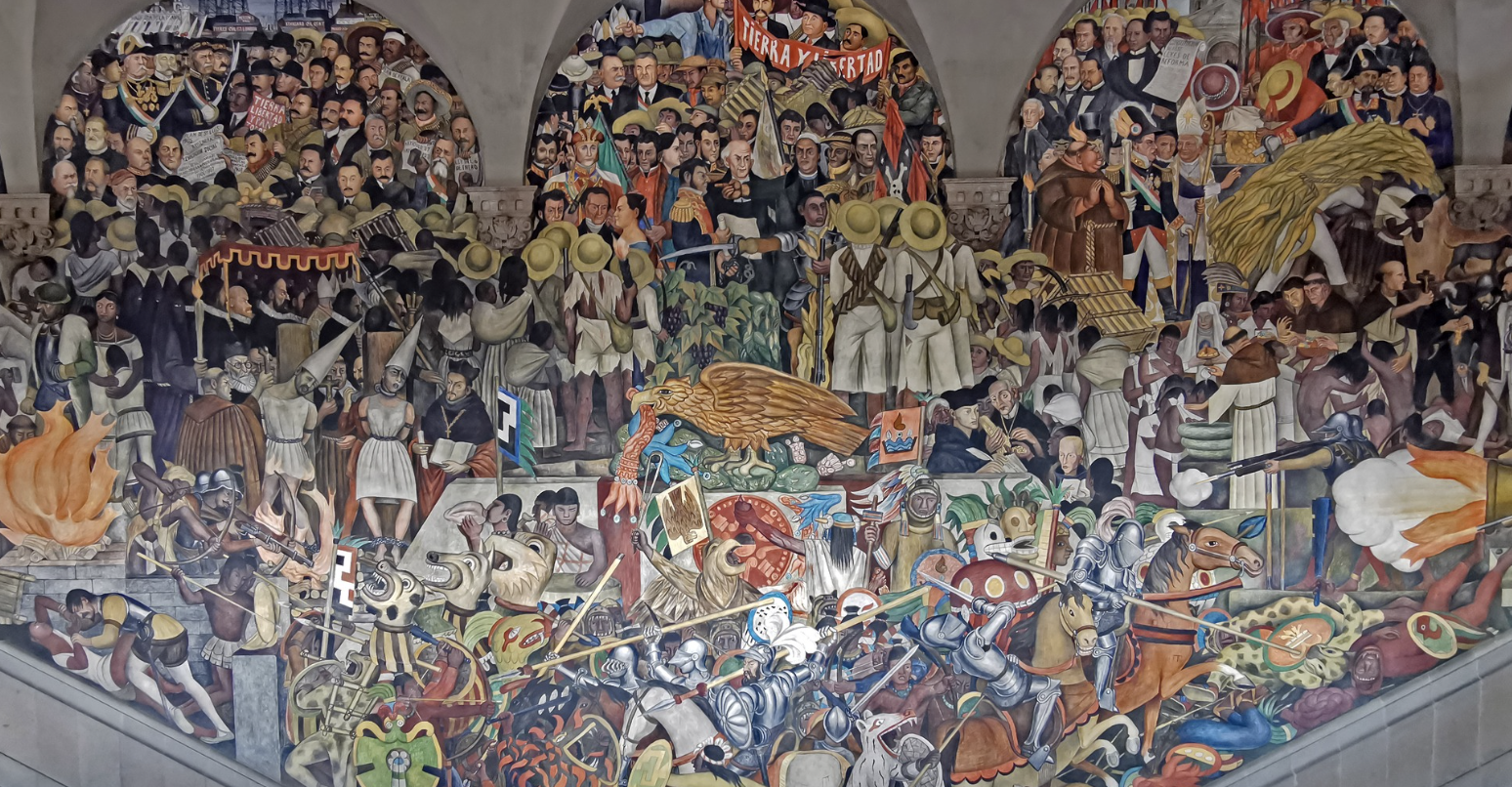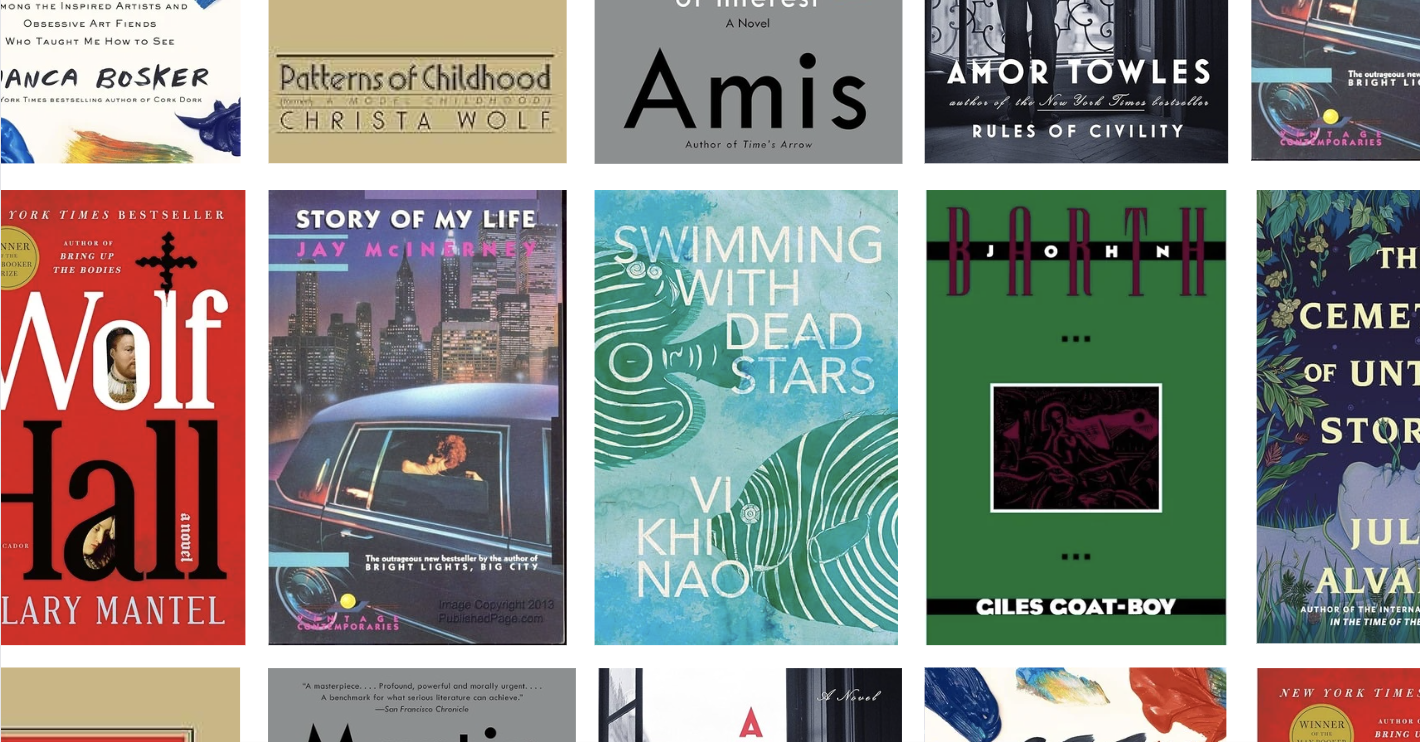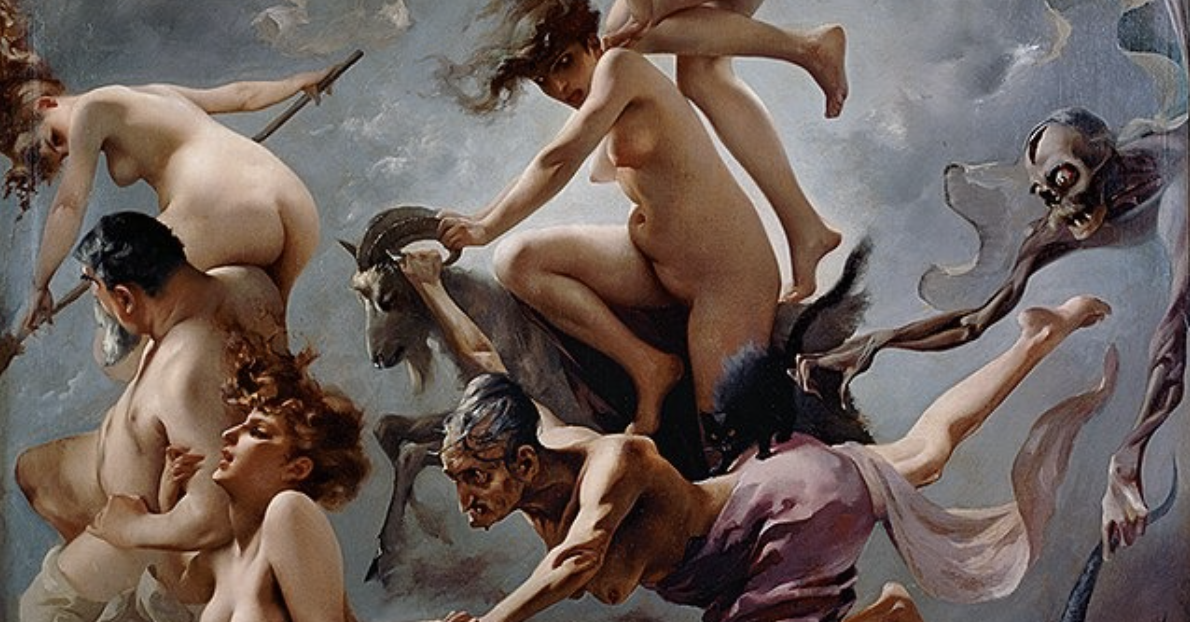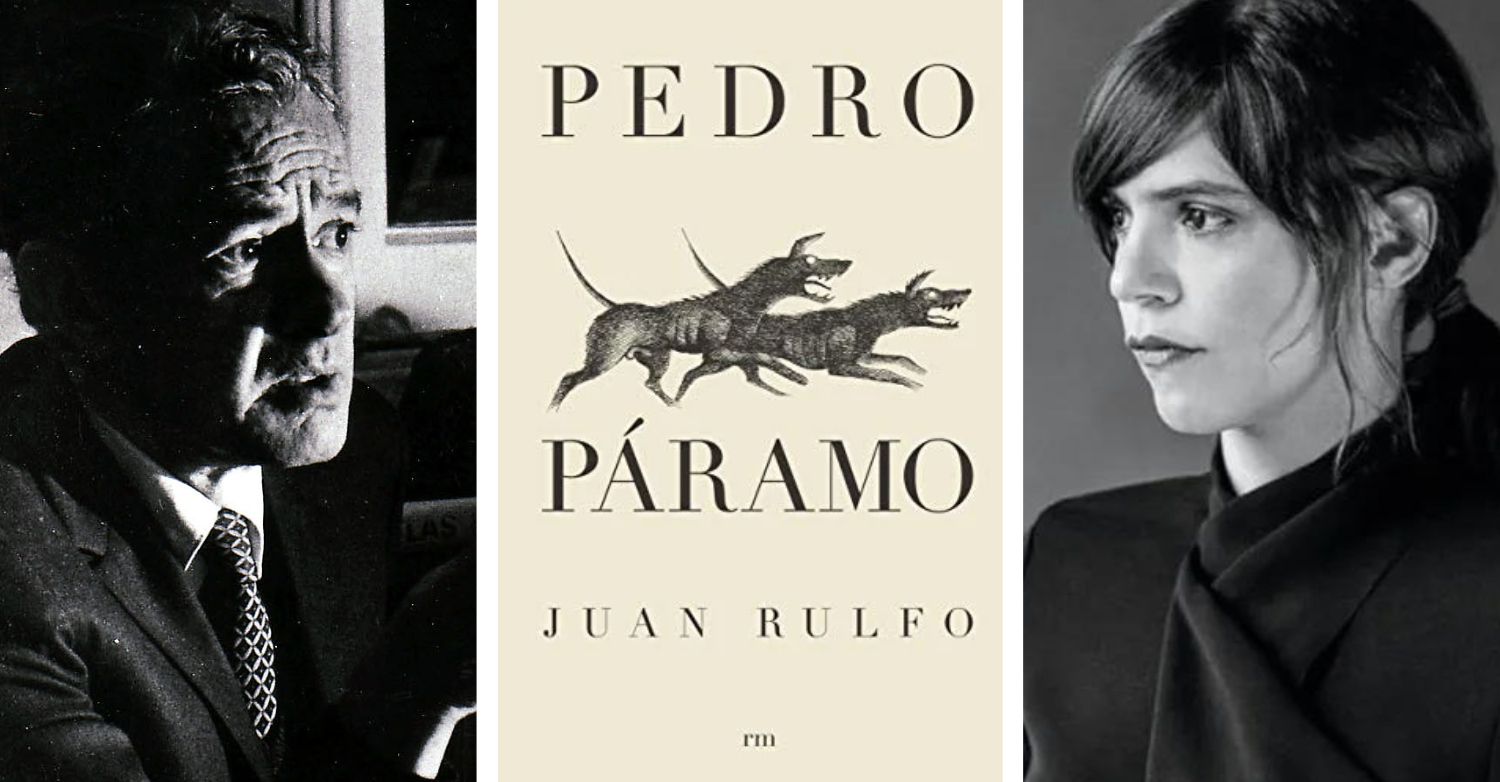1.

 In the era of O Brother, Where Art Thou? and Cold Mountain, it is puzzling that more attention has not been paid to the extensive parallels to The Odyssey in Toni Morrison’s Beloved. The most celebrated novel by America’s most recent Nobel laureate, Beloved has itself been turned into a feature film, in addition to being heavily scrutinized by the academy. Yet little has been written about how Beloved makes use of Homer’s epic poem—more sneakily than Joyce does in Ulysses or the Coen brothers do in O Brother, but arguably more profoundly than other texts that have received more notice for doing so.
In the era of O Brother, Where Art Thou? and Cold Mountain, it is puzzling that more attention has not been paid to the extensive parallels to The Odyssey in Toni Morrison’s Beloved. The most celebrated novel by America’s most recent Nobel laureate, Beloved has itself been turned into a feature film, in addition to being heavily scrutinized by the academy. Yet little has been written about how Beloved makes use of Homer’s epic poem—more sneakily than Joyce does in Ulysses or the Coen brothers do in O Brother, but arguably more profoundly than other texts that have received more notice for doing so.
2.
Perhaps the interpretive omission can be attributed to the apparent absence, in Beloved, of a central Odysseus figure—a journeying hero in the mold of Ulysses Everett McGill, W. P. Inman, or even Leopold Bloom. Nevertheless, from its opening chapter Morrison’s novel makes clear that its story ought to be placed next to Homer’s. Like the Odyssey, Beloved begins in a haunted house. Penelope and Telemachus are haunted by parasitic suitors who lay waste their home in jealous pursuit of the woman of the house, who languishes in torment up in her chambers. Sethe and Denver’s house, similarly, is tormented by a jealous ghost driven by a parasitic desire for Sethe. Sethe has been cut off from her community and eventually falls into a despair as deep if not deeper than Penelope’s. Denver, like Telemachus, lives a lonely existence in this troubled household, waiting with uncertain hope for the return of a father she has never met and who may in fact be dead. Both works begin in media res—after the father’s mother (Anticleia in the Odyssey, Baby Suggs in Beloved) has already died of grief—and, in fact, chronologically near the end of the period of time that their stories will cover.
So is Halle Suggs the Odysseus of Beloved—a father and hero who, unlike Odysseus, never returns home? Or is it one of the other “Sweet Home Men,” Paul D, who shows up at 124 Bluestone Road in the first chapter of Beloved? Like Odysseus, Paul D enters a troubled home and does battle with the troubling forces. “God damn it! Hush up! … Leave the place alone! Get the hell out!” he yells, engaging in his own slaughter in the hall as he smashes the ghost into retreat with a table. Like Odysseus reuniting with his long-lost wife after dispatching the suitors, Paul D goes to bed with Sethe (who has a chokecherry tree of scars on her back instead of Penelope’s olive-tree-rooted bed) after winning the battle with the ghost of 124.
Unlike Odysseus, however, Paul D has indeed won only a battle, not the war. The suitors troop down to the underworld, apparently never to trouble Odysseus and his family again, but in Beloved the ghost is back, in stronger form, just a few chapters later. Paul D himself is not quite sure that he is Odysseus—whether he adequately fills out the form of heroic manhood embodied by other Sweet Home men like Halle or Sixo. “Now there was a man,” Paul D reflects post-coitally next to Sethe, thinking of Sixo; “Himself lying in the bed … didn’t compare.” Shattered by his own Odyssean wanderings and trials, Paul D lacks the arrogant self-assurance (and, one might add, the ready supernatural assistance of Athena) that underlies Odysseus’ “spirit tempered to endure” (all Odyssey quotations are from Robert Fagles’s 1996 translation). Paul D compares himself constantly and invidiously to Halle and Sixo: “[I]t was always clear to Paul D that those two were men whether Garner said so or not. It troubled him that, concerning his own manhood, he could not satisfy himself on that point.”
If readers have often failed to see Paul D as a version of Odysseus, that may be because Paul D himself fails to do so.
3.
As in Homer, the suitors cannot be vanquished without the maturation and heroism of Telemachus, so in Beloved a crucial turn occurs when Denver takes action. Nearly the same age as Telemachus and, like him, on the cusp of adulthood but stunted in an artificially prolonged childhood, Denver must leave home in order to bring about a change. Just as Telemachus, guided by Athena, must leave the confines of Ithaca to seek the assistance of Nestor and Menelaus, so Denver, guided by the spirit of Baby Suggs, holy, must “leave the yard; step off the edge of the world, leave the two behind and go ask somebody for help.”
Telemachus visits his father’s old war comrades; Denver visits the people of Cincinnati who used to know her grandmother and mother before the catastrophe that Stamp Paid refers to as “the Misery.” During their travels, both Telemachus and Denver are recognized by their resemblance to their forebears. Helen notes of Telemachus, “To the life he’s like the son of the great Odysseus, ”and Lady Jones quickly asks Denver, “You Baby Suggs’ kin, ain’t you?”
For both characters, the journeys and the encounters lead not only to an improvement in their home lives but also to personal maturity. Telemachus tells his mother, upon his return, “the boy you knew is gone.” He is right, as we see when he demonstrates the ability to string his father’s bow (as well as the self-restraint to avoid doing so, for the good of their plan). For Denver, too, her trip outside the yard “inaugurate[s] her life in the world as a woman.” Her increasing connections with her community give her a new sense of “a self to look out for and preserve,” and ultimately she emerges as an independent and motivated young woman, holding down a job, planning to attend Oberlin College, and even catching the eyes of young men.
The community that Denver reconnects with brings about the final slaughter in the hall at 124 Bluestone Road. A group of women, convinced “that rescue was in order,” triumphs in the climactic confrontation with the ghost. They come together in song that takes them back to the powerful spiritual services Baby Suggs used to give in the Clearing, and their music is “a wave of sound wide enough to sound deep water and knock the pods off chestnut trees,” and powerful enough to drive away the malevolent spirit of Beloved.
One must remember that Odysseus does not rout the suitors alone, either—the assistance of his son, his swineherd, his cowherd, and of course Athena, is essential. In any case, what this African American community needs, the novel suggests, is not a solitary hero driven by vengeance, but cooperation driven by empathy and love.
4.
Does that mean that this is an Odyssey that has no need of an Odysseus? No. In fact, after the defeat of Beloved, Paul D re-emerges as a necessary and worthy male hero. The penultimate chapter of the novel recapitulates Paul D’s Odyssean struggles to escape the South: “In five tries he had not had one permanent success. Every one of his escapes … had been frustrated…. he never stayed uncaught.” Of whose travels is this long and winding road reminiscent if not Odysseus’? “Now his coming is the reverse of his going,” and Paul D makes his way back to 124 and the woman he was interrupted in the midst of forging a loving relationship with. As Athena tells Zeus, “the exile must return!”
Paul D’s return saves Sethe’s life. He finds her exhausted and hopeless on Baby Suggs’ deathbed, nearly dead of grief like Anticleia, and promises her a new life as he takes her hand in his: “Sethe … me and you, we got more yesterday than anybody. We need some kind of tomorrow.” Yet Paul D needs Sethe as much as she needs him. Sethe redeems Paul D’s past humiliations because she was there for some of them, tenderly looking away from him “so he did not have to feel the shame of being collared like a beast. Only this woman Sethe could have left him his manhood like that.” Sethe, Paul D discovers, has the power to restore his sense of manhood, even heroism. In other words, she gives him the possibility of being the Odysseus that he himself doubted he could be.
As a result, Paul D “wants to put his story next to hers,” a notion that directly parallels the reunion of Odysseus and Penelope, when “the royal couple, once they’d reveled in all/the longed-for joys of love, reveled in each other’s stories.” The potential strength of a conjugal relationship such as this one is confirmed for Paul D by his memory of Sixo’s remarks about his own mate, the Thirty-Mile Woman: “She is a friend of my mind. She gather me, man. The pieces I am, she gather them and give them back to me in all the right order. It’s good, you know, when you got a woman who is a friend of your mind.” Sixo’s paean to sexual love recalls Odysseus’ own paean to marriage:
No finer, greater gift in the world than that…
when man and woman possess their home, two minds,
two hearts that work as one. Despair to their enemies,
a joy to all their friends. Their own best claim to glory.
5.
Another possible reason that the extensive parallels between the Odyssey and Beloved have gone mostly unremarked is that the novel’s richness allows multiple interpretive frames to be placed usefully over the text. Beloved certainly does not wear its Odyssey on its sleeve as brazenly as do O Brother or Ulysses, and, perhaps unlike those works, it can be read insightfully without reference to Homer. On the other hand, the connections between the Odyssey and Beloved in no way diminish Morrison’s novel. Instead, the similarities and differences between the works accomplish something important. By making Beloved a reworking of the Odyssey, Toni Morrison puts her story next to Homer’s—placing the lives and struggles of African Americans past and present into an epic context. She places these experiences alongside a story that is central to Western civilization, thereby asserting their own worthiness and importance in that tradition.




